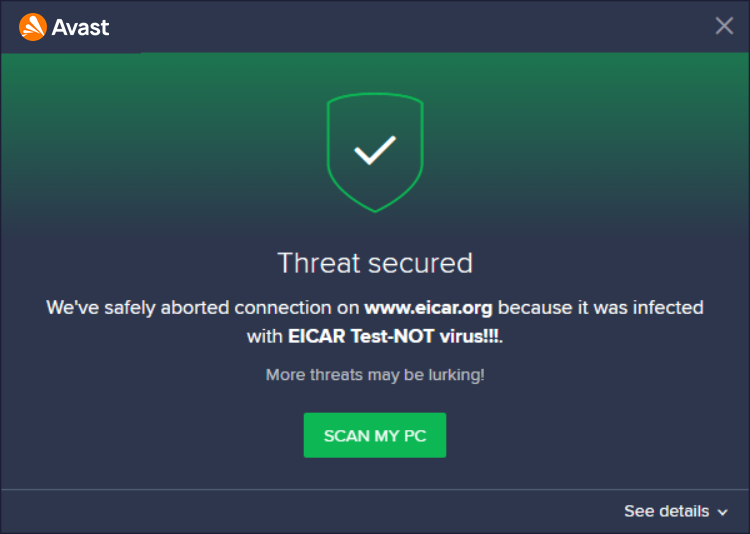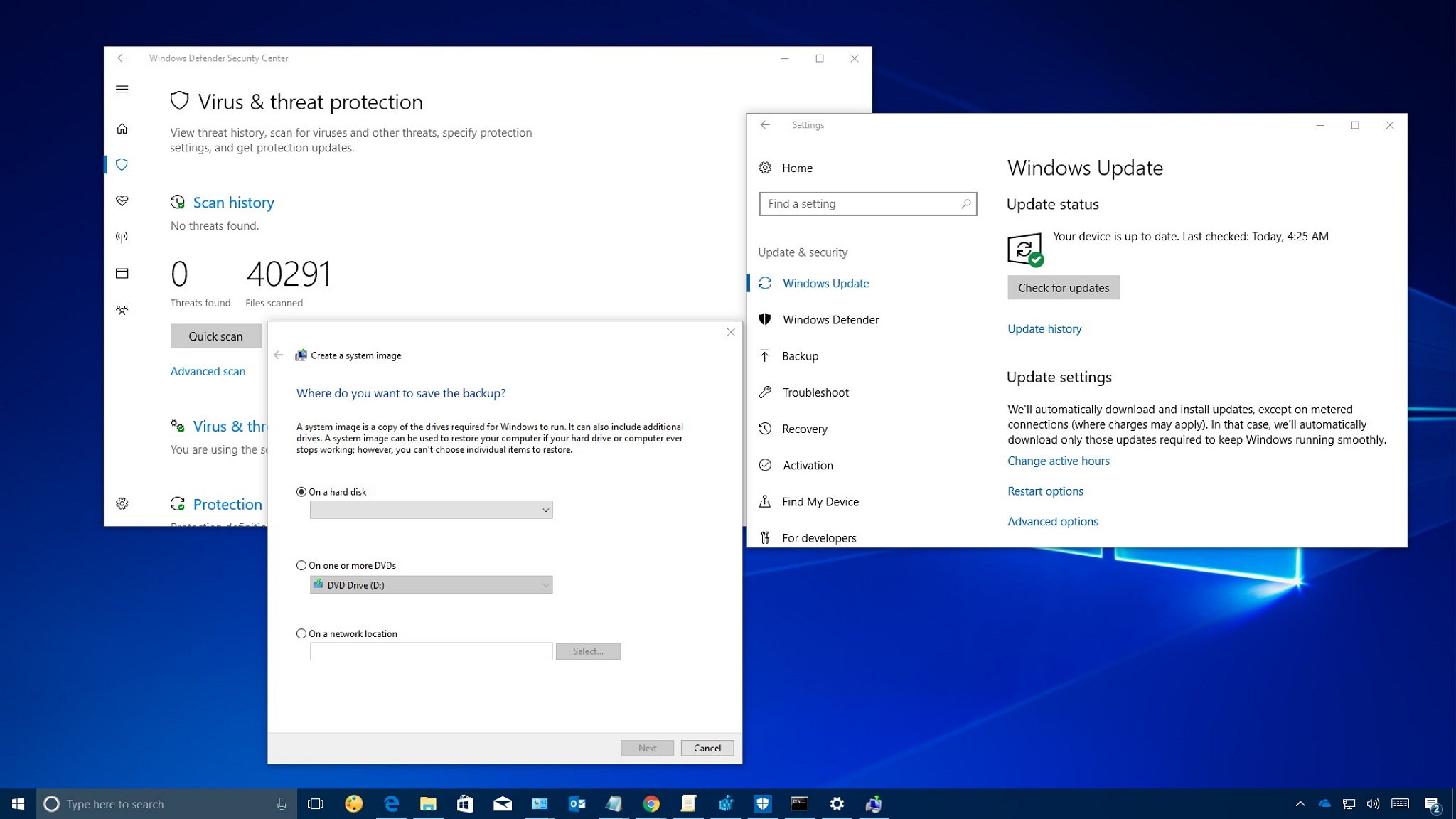


#HOW CAN I CHECK FOR MALWARE ON MY PC SOFTWARE#
The dropped files are typically embedded in the dropper itself.Įxploit: A piece of code that uses software vulnerabilities to gain access to your device and perform other tasks, such as installing malware. It must connect to the internet to download files.ĭropper: A type of malware that installs other malware files onto your device. Unlike a downloader, a dropper doesn't have to connect to the internet to drop malicious files. Once communication is established, hackers can send commands that can steal data, shut down and reboot the device, and disrupt web services.ĭownloader: A type of malware that downloads other malware onto your device. Microsoft classifies most malicious software into one of the following categories:īackdoor: A type of malware that gives malicious hackers remote access to and control of your device.Ĭommand and Control: A type of malware that infects your device and establishes communication with the hackers’ command-and-control server to receive instructions. In general, malicious software wants to trick, cheat, or defrauds users, placing them in vulnerable states. Malicious software may steal your personal information, lock your device until you pay a ransom, use your device to send spam, or download other malicious software. Malicious software is an application or code that compromises user security. Malware is the overarching name for applications and other code, like software, that Microsoft classifies more granularly as malicious software or unwanted software. Either no threats are found, or an application or software is categorized as malware or potentially unwanted software.

Once enough data is gathered, Microsoft's security solutions can make a determination. Users can choose to download and run the application normally if they wish to. Warnings for unknown software aren't blocks. Not all uncommon programs are malicious, but the risk in the unknown category is much higher for the typical user. There's generally a delay from the time new malware is released until it's identified. Think of Unknown/Uncommonly downloaded warnings as an early warning system for potentially undetected malware. With almost 2 billion websites on the internet and software continuously updated and released, it's impossible to have information about every single site and program. It takes time to identify and block malicious sites and applications, or trust newly released programs and certificates. No antivirus or protection technology is perfect.
#HOW CAN I CHECK FOR MALWARE ON MY PC UPDATE#
The following list may not be comprehensive, and Microsoft reserves the right to adjust, expand, and update these without prior notice or announcement. New forms of malware and potentially unwanted applications are being developed and distributed rapidly.


 0 kommentar(er)
0 kommentar(er)
